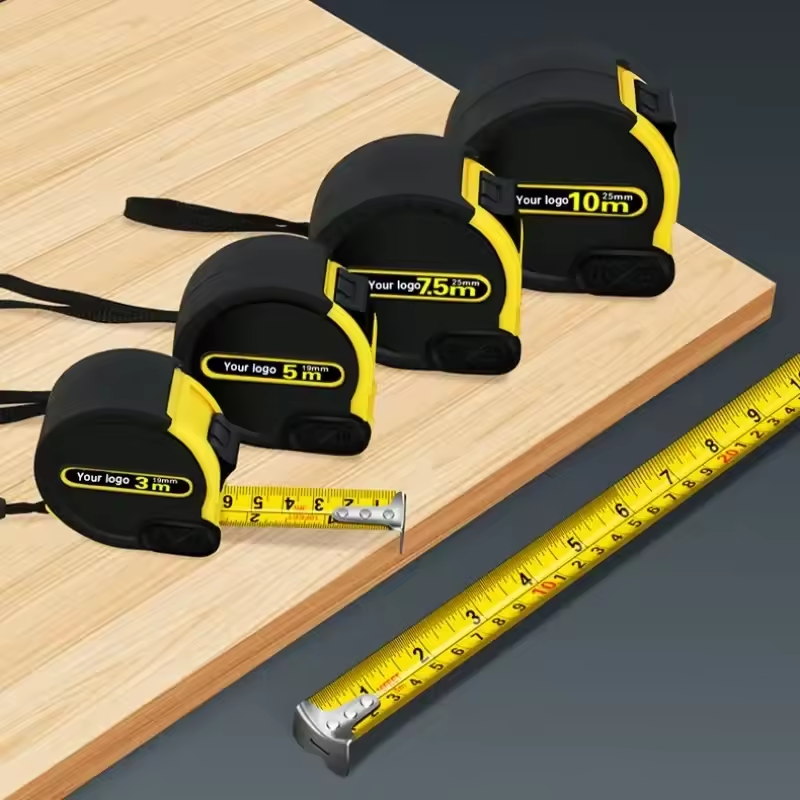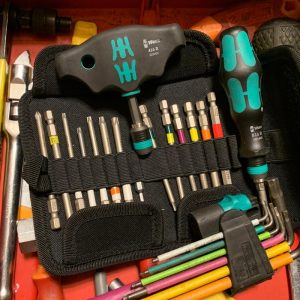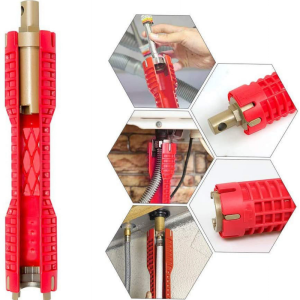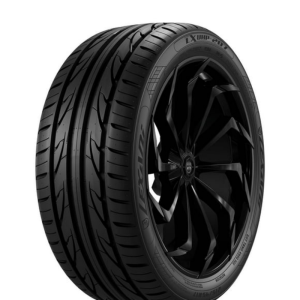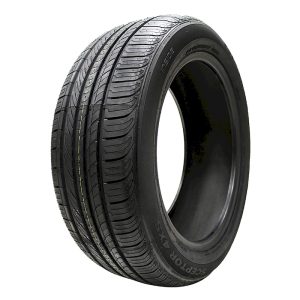
Understanding the Importance of Motorcycle Tires
Your motorcycle tires are the sole connection between you and the road. They influence everything from handling and braking to grip and overall safety. That’s why it’s crucial to know when to replace them.
How to Tell if You Need New Motorcycle Tires
Several factors determine when it’s time for new motorcycle tires:
- Tread Wear: The most obvious indicator is worn-out tread. Most tires have wear indicators built into the tread. When the tread reaches these indicators, it’s time for a replacement.
- Tire Age: Even if your tires have plenty of tread, age can compromise their performance. Rubber degrades over time, affecting grip and durability. Generally, tires older than five years should be inspected carefully.
- Tire Condition: Look for signs of damage, such as cracks, bulges, or punctures. Any visible damage warrants immediate replacement.
- Uneven Wear: If your tires wear unevenly, it could indicate issues with wheel alignment, suspension, or tire balance. Address these problems before replacing tires.
Factors Affecting Tire Life
Several factors influence how quickly your motorcycle tires wear out:

- Riding Style: Aggressive riding, frequent hard braking, and excessive wheelies accelerate tire wear.
- Road Conditions: Rough roads, potholes, and debris can damage tires.
- Tire Pressure: Maintaining proper tire pressure is crucial for even wear.
- Motorcycle Type: Different motorcycle types have specific tire requirements.
Choosing the Right Replacement Tires
Selecting the right replacement tires is essential for optimal performance and safety. Consider the following:
- Tire Type: Choose tires that match your riding style and conditions (sport, touring, dual-sport, etc.).
- Tire Size: Ensure the new tires match your motorcycle’s specifications.
- Tire Brand: Research reputable tire brands known for quality and performance.
- Budget: Determine your budget for new tires.
Tire Care and Maintenance
Proper tire care can extend the life of your tires and improve their performance:
- Regular Inspections: Check tire pressure and condition regularly.
- Proper Inflation: Maintain recommended tire pressure for optimal handling and fuel economy.
- Wheel Alignment and Balancing: Ensure proper alignment and balance to prevent uneven wear.
- Tire Storage: If storing your motorcycle, avoid placing heavy objects on the tires.
Motorcycle Tire Replacement Costs and Considerations
Replacing motorcycle tires is an inevitable expense for every rider. Understanding the factors that influence the cost and making informed decisions can help you save money while ensuring your safety.
Factors Affecting Motorcycle Tire Costs
Several factors contribute to the overall cost of replacing your motorcycle tires:
- Tire Brand and Model: High-performance tires from premium brands tend to be more expensive.
- Tire Size: Larger tires, especially those with specialized compounds or construction, will cost more.
- Retailer Pricing: Different dealerships and motorcycle shops offer varying prices.
- Labor Costs: The cost of tire installation can vary depending on the shop and the complexity of the job.
Cost Breakdown
The total cost of replacing motorcycle tires typically includes:
- Tire purchase: The price of the new tires.
- Labor costs: The cost of tire installation.
- Disposal fees: Some shops charge a fee for disposing of old tires.
- Additional services: Balancing, alignment, or other recommended services may incur extra charges.
Saving Money on Motorcycle Tire Replacements
Here are some tips to help you save money on tire replacements:
- Shop around: Compare prices from different retailers.
- Consider online purchases: You might find better deals online, but factor in shipping costs.
- DIY installation: If you’re mechanically inclined, you can save on labor costs by installing the tires yourself.
- Tire maintenance: Proper tire care can extend tire life and reduce replacement costs.
- Off-season purchases: You might find deals on tires during slower periods.
Motorcycle Tire Maintenance: A Rider’s Guide
Proper motorcycle tire maintenance is crucial for safety and performance. By understanding how to care for your tires, you can extend their life and ensure optimal handling.
Regular Tire Inspections
Consistent tire inspections are essential for identifying potential issues early on. Here’s a basic checklist:

- Tread depth: Regularly check the tread depth using a tread depth gauge or the penny test.
- Tire pressure: Maintain recommended tire pressure as specified by the motorcycle manufacturer.
- Tire condition: Look for signs of damage, such as cuts, punctures, or bulges.
- Uneven wear: Check for abnormal wear patterns, which could indicate alignment or suspension problems.
Tire Storage
If you’re storing your motorcycle for an extended period, proper tire care is essential:
- Clean the tires: Remove dirt and debris to prevent damage.
- Maintain proper inflation: Keep tires inflated to the recommended pressure.
- Avoid direct sunlight: Store the motorcycle in a cool, dark place.
- Consider tire covers: Protect tires from dust and moisture.
Tire Balancing and Alignment
Wheel balance and alignment significantly impact tire life and handling.
- Tire balancing: Ensures smooth riding by distributing weight evenly.
- Wheel alignment: Prevents uneven tire wear and improves handling.
Breaking in New Tires
New tires require a break-in period to achieve optimal performance. Avoid aggressive riding, hard braking, and excessive leaning during the first few hundred miles.
Motorcycle Tire Technology: Enhancing Performance and Safety
Advancements in tire technology have significantly improved motorcycle performance and safety. Understanding these innovations can help you make informed decisions when choosing new tires.
Tire Construction and Materials
- Radial vs. Bias Ply: Radial tires offer better handling, grip, and comfort, while bias ply tires are more affordable but provide less performance.
- Tire Compounds: Rubber compounds have evolved to offer better grip, wear resistance, and wet performance.
- Tire Structure: Features like reinforced belts and advanced carcass construction enhance durability and stability.
Tire Technology Highlights
- Dual-Compound Tires: Combining different rubber compounds for optimal grip in various conditions.
- Profile Design: Tire shape influences handling, stability, and comfort.
- Tread Patterns: Designed for specific riding conditions, offering optimal grip and water dispersal.
- Tubeless Tires: Eliminate the risk of flats and improve handling.
Choosing the Right Tire Technology
The best tire technology depends on your riding style and conditions. Consider the following:
- Sport Touring: Tires with a balance of grip, comfort, and mileage.
- Sport Bikes: Tires emphasizing grip, handling, and performance.
- Cruisers: Tires prioritizing comfort, stability, and durability.
- Adventure Touring: Tires designed for both on-road and off-road conditions.
Tire Storage and Disposal: Responsible Practices
Proper tire storage and disposal are essential for environmental protection and safety.
Storing Motorcycle Tires
If you need to store motorcycle tires for an extended period, follow these guidelines:
- Clean the tires: Remove dirt and debris to prevent damage.
- Maintain proper inflation: Keep tires inflated to recommended levels.
- Store in a cool, dark place: Avoid exposure to sunlight and extreme temperatures.
- Consider tire covers: Protect tires from dust and moisture.
Disposing of Old Motorcycle Tires
Discarding old tires responsibly is crucial for environmental protection.
- Recycle: Many tire retailers offer recycling programs.
- Check local regulations: Some areas have specific guidelines for tire disposal.
- Avoid illegal dumping: Improper disposal harms the environment.
Tire Warranties and Consumer Protection
Understanding tire warranties is essential for protecting your investment and resolving potential issues.

Types of Motorcycle Tire Warranties
- Manufacturer’s Warranty: Covers defects in materials and workmanship.
- Road Hazard Warranty: Protects against damage from road hazards like punctures and impacts.
- Wear Warranty: Guarantees a minimum tread life.
Warranty Claims
If you encounter a tire-related issue covered by the warranty, follow these steps:
- Retain purchase proof: Keep your tire purchase receipt and installation records.
- Inspect the tire: Document the damage or defect.
- Contact the tire manufacturer or retailer: Explain the issue and follow their warranty claims process.
Consumer Protection Laws
Familiarize yourself with consumer protection laws related to tire purchases. These laws can provide additional recourse if you experience problems.
Prioritize Tire Safety
Your motorcycle tires are critical for your safety and riding enjoyment. By understanding the signs of worn tires, choosing the right replacements, and practicing proper care, you can extend tire life and enhance your overall riding experience.
